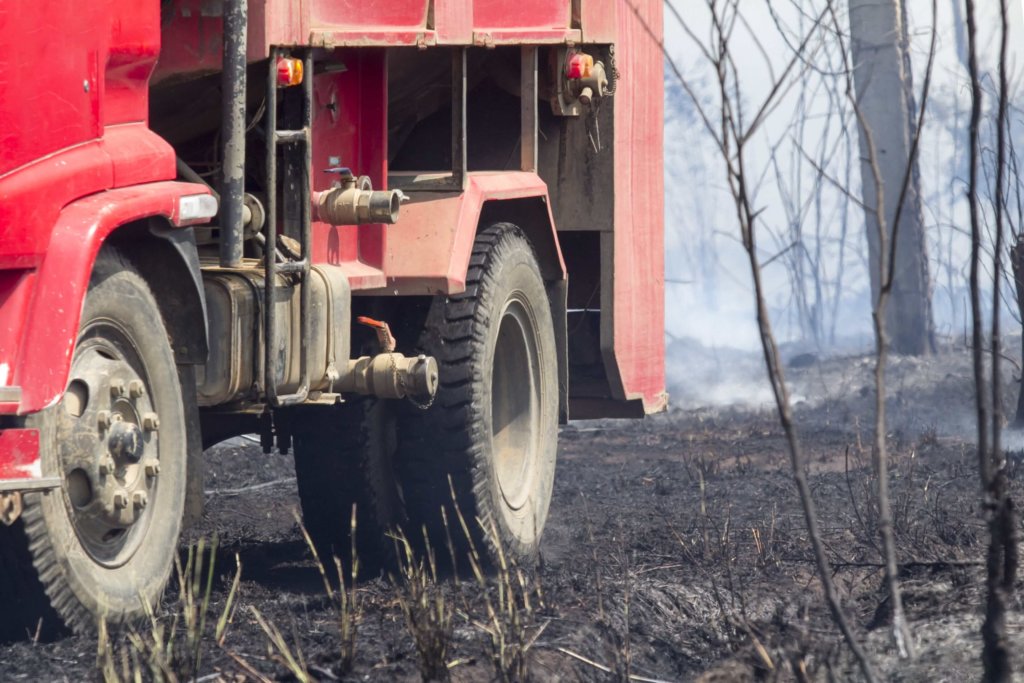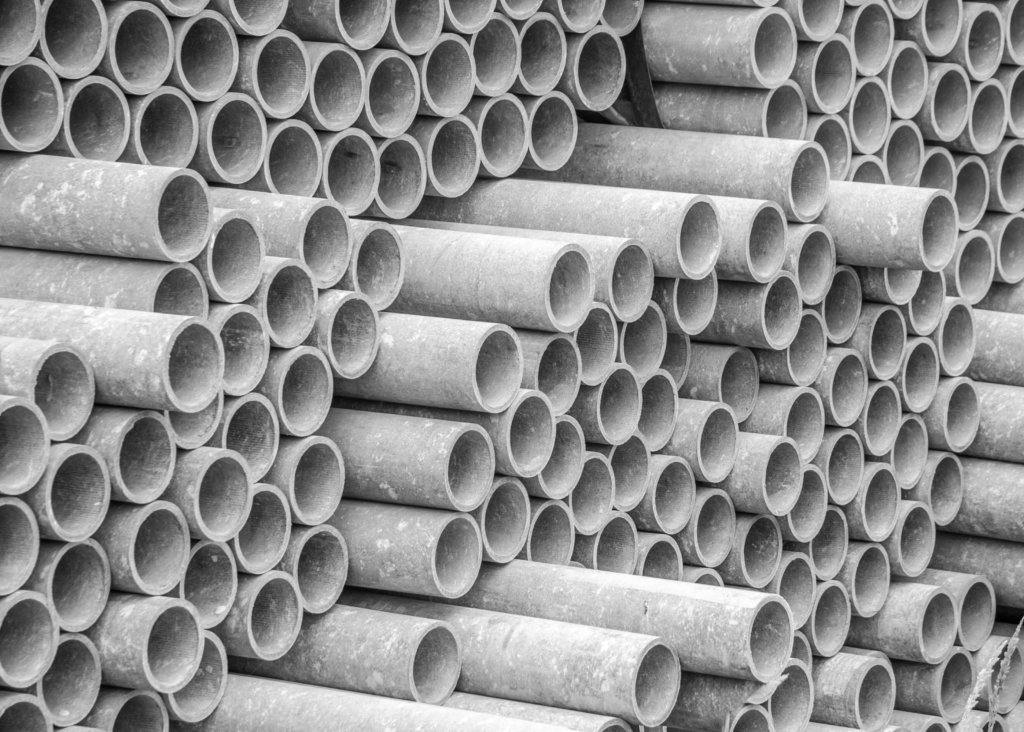HANDLING AN UNDERINSURED HERITAGE BUILDING
Posted on July 01, 2021 | by | Posted in Uncategorized
Every property owner, company owner, or homeowner should be aware of the requirements to attain proper building insurance. In the case of heritage structures, there are several conditions that should be met. As we always recommend, it is worthwhile speaking to a leading insurance broker in Perth if you require any additional information.
Replacement Value
Getting insurance for heritage-listed properties is one of the most prevalent worries of owners. For one, these infrastructures need to be insured for their total replacement value. This figure is essential as it determines the amount it would cost to entirely replace the property. Furthermore, to arrive at the replacement cost, you will need to compute for the following:
- Cost of labor: total cost for all workers in terms of salaries, benefits, and payroll taxes
- Cost of materials: cost of materials used in the construction of the property
- Architect fees: most of the time, this number is a percentage of the project’s total construction cost
- Engineer fees: this is somewhere between 1% and 20% of the project’s total construction cost
Typically, the replacement value of properties is not inclusive of premiums on materials, overtime fees, and bonuses. Furthermore, the appraiser will also take into account foundation and footings, exterior walls, interior walls, finishings, framing materials, etc.
Rebuilding Cost
Moreover, most insurers require a valuation for the costs of rebuilding such premises. As the name suggests, this is the total cost you would incur to rebuild your property should it be damaged beyond repair.
In addition to labor cost, material costs, architect fees, and engineer fees, you should get in touch with a professional to help you compute for the following:
- Development of property: includes but is not limited to the construction cost, government fees, permitting cost, inspecting fees, etc.
- Debris removal fees: in computing this amount, you will need to establish the area covered by the debris, the amount of waste, etc.
- Demolition fees: similarly, this is computed by square footage
Other factors that contribute to the reconstruction or rebuilding cost involve the removal of mold and other hazardous materials. Unlike the replacement value, reconstruction costs may consider premiums and other added payments.
Essentially, the main difference between the two is that replacement costs pertain to the amount required to reconstruct the building entirely. On the other hand, reconstruction cost is the amount needed to replicate the infrastructure.
Average Clause
An average clause is found in almost all insurance policies. This is basically an insurance policy provision that calls for you to bear a part of any loss if your property is insured for less than its total replacement value. So, if you have underinsured your property, your insurer will only pay a percentage of your claim.
For instance, Kara’s building was only insured for $200,000, when in fact, the building actually cost $800,000. Following an electrical fault, Kara went on to claim her insurance. Accordingly, the damages brought by the incident are worth $50,000. However, since her building was only 25% insured, she only received a $12,500 payout.
Another way to compute the amount to be claimed is by multiplying the actual loss and insured amount. The product will then be divided by the actual value of the property during the incident.
In the example above, we derive at:
Claim amount= ($50,000 x $200,000) / $800,000
Claim amount= $12,500
This was the case for Kara because she was only able to cover a certain percentage of her property. As a result, her claims will also cover the same rate.
This is only one of the many reasons why you should ensure that your property is adequately insured.
Heritage Building Valuation
There seem to be no definitive criteria for valuing historic structures. While there have been established concepts applicable to more modern buildings, they do not always apply to historic structures.
Designs, locations, conditions, local and national legislation are all factors to consider.
Materials and maintenance
Another factor examined by valuers is the general condition of the structure. This is inclusive of the building’s electrics, plumbing, and how well it has been constructed and maintained over the years. A failure to comprehend the proper materials and skills required for heritage building restoration could result in underinsurance.
Historic building preservation and repair calls for specialized knowledge and abilities. Specifically, there is a need for a thorough understanding of locating and using traditional materials and techniques.
Furthermore, if you are seeking insurance for your heritage building, ascertain that the property is in good condition or repair.
Condition and improvement
It is ideal to seek advice from site inspectors as they offer independent and accurate evaluations of your property. In addition to that, you should also conduct surveys and analyses.
Specifically, you will need to assess and document the notable features and updates on the area.
For these improvements, it is strongly encouraged to keep receipts of them for more additional records.
Possible risks
Insurance is primarily concerned with risk underwriting, which involves estimating the possibility of loss and its frequency and severity. Furthermore, calculating a rate or premium that is proportionate with that risk is also necessary.
Loss of heritage value
Suppose the heritage value of your property has been lost due to damage or deterioration. In that case, the Queensland Heritage Act 1992 states that there is no more need to conduct any replication of the building. If it is partially damaged, any reconstruction work must be done in a way that respects the building’s heritage values.
In line with this, it is also imperative that you understand the true significance of your structure along with its essential characteristics.
You should also take into consideration the demand of the property or who is willing to purchase it.














